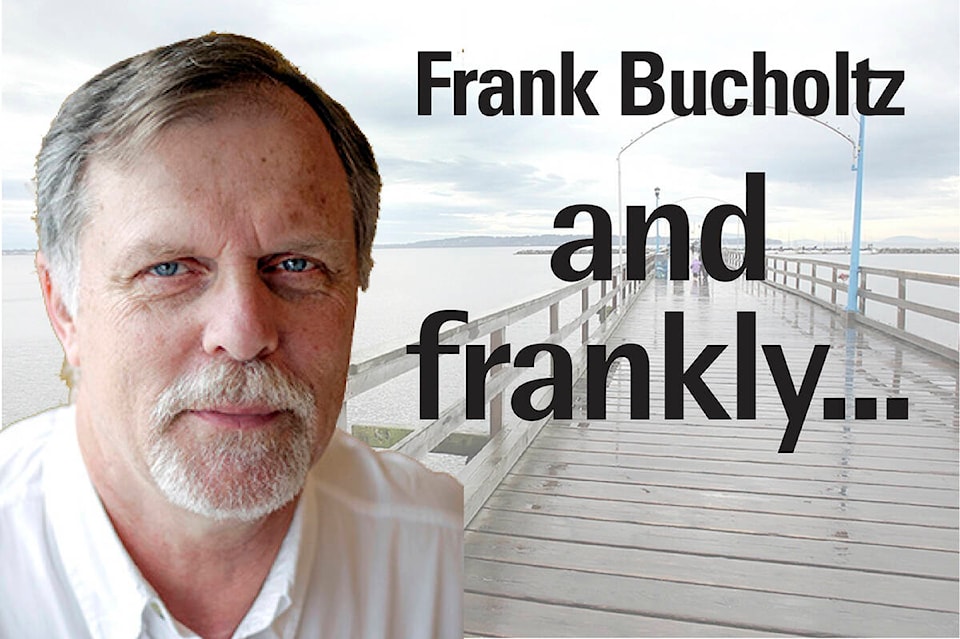Recent census figures show that “family-friendly” housing is attracting more residents to Surrey. This trend is coupled to the decision made by many younger people during the pandemic to find places to live where a couple with one or more children can have more space, including enough room for at least one adult to work from home.
One reason for this shift is that suburban municipalities (notably Surrey, Langley City, Langley Township and Maple Ridge) have more land available, either ready to go or easy to assemble, for such developments. These local governments also have a reputation for dealing with development applications more speedily than Vancouver, for example.
Many of these housing projects are townhouses. Detached housing is very desirable, but unaffordable for most first-time buyers and even for many seeking an upgrade. There are also apartments which have more space than many of the tiny units which have been built in recent years in Vancouver and Burnaby (and Surrey City Centre).
Even though housing prices have skyrocketed in the past year, these types of developments are still finding buyers. As Andy Yan of Simon Fraser University’s City Program says, it is about more than affordability. People are also seeking security of tenure, size, design and amenities.
Perhaps surprising to many longtime Surrey residents, Surrey already has 42 per cent of its housing stock in the form of townhouses. Another 25 per cent is in apartments. The proportion of housing that is detached is 33 per cent and has been declining for years.
Another interesting census statistic shows that the number of millennials, people born between 1981 and 1996, in Surrey jumped by 15.8 per cent from 2016-21, while Surrey’s total population increased by nine per cent. There are more than 123,000 millennials among Surrey’s 568,322 people. Surrey already has a large number of young people, and the recent census figures show more are moving here.
A key to keeping young people in Surrey is transit. When parents of the millennials were at the same stage of life, it was a challenge to use transit here. Unless you happened to live near one of the few major bus routes or SkyTrain, most people commuted to work by car. Most families had at least two cars, while many millennial families are managing to get by nowadays with one vehicle.
TransLink announced on April 20 that it plans to significantly increase bus service, particularly on many major routes, including some in Surrey and White Rock.
It is also considering a SkyTrain line to Newton – something that was first mentioned more than 30 years ago.
Planners, politicians and developers need to keep these trends in mind as they prepare for the Surrey of the future.
A couple of individuals are worthy of mention this week. Glen Todd, who died March 27 at the age of 75, was a very important figure in Surrey and White Rock. Not only was he a successful customs brokerage owner whose business expanded tremendously, he was a key figure in the building of Softball City and in staging the Canada Cup fastpitch tournament each year. His contributions to sport also included a very influential role in the thoroughbred racing industry.
He was a community builder.
Another Surrey builder was honoured on April 30 by the Surrey Teachers Association. Lloyd Edwards, who taught at Princess Margaret Secondary for 25 years, was honoured when the STA headquarters building was named after him. He was president of the STA in 1974, and a longtime leader in anti-racism education and training in Surrey and across B.C. As the first person of colour heading the local teachers’ union, he is also a pioneer. His colleagues have thankfully recognized the key role he played.
Frank Bucholtz writes twice a month for Peace Arch News and at frankbucholtz.blogspot.ca
